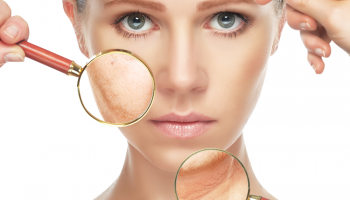
Use of hijab have been banned in schools, frowned upon in the workplace, and banished from passport photos. This style of dress, leaves only a very small portion of skin around the eyes exposed, greatly reducing the surface area of the body which sunlight is exposed to and hence reduces the amount of Vitamin D synthesized. Low rates of Vitamin D production will exhaust the bodies excess emergency stores of Vitamin D contained in the fat and leave you in a deficient state.
The newborn babies of burqa clad women are prone to getting more seizures for the same reason. According to Dr Miriam Casey, expert in Medicine for the Elderly at the Osteoporosis Unit in St Jamesâs hospital in Dublin “women wearing the burqa, doctors are warning, ‘are at increased risk of pelvic fractures during childbirth because of vitamin D deficiency due to a lack of sunlight.”
In the wods of Dr N Lakshmaiah, Deputy director, National Institute of Nutrition “Around 15 per cent of the body should be exposed to sunlight for around 20 minutes a day. It could be hands or feet,” “Otherwise supplements in the form of conventional tablets should be used regularly.”

Another health issue associated with the use of hijab is female patients complain for rashes, itching along the neck and arms, and festering skin irritations. The fabric used for making of hijab is an integral factor for skin condition, therefore it is essential opt for cotton, silk, or other natural fibers to prevent allergic reactions and skin ailments.
Despite the official ban on the hijab in schools and government offices, the Islamic garment has become a permanent fixture in the predominantly Muslim country.
All of us need to dress up keeping our health in mind.
Reference
Disclaimer
The Content is not intended to be a substitute for professional medical advice, diagnosis, or treatment. Always seek the advice of your physician or other qualified health provider with any questions you may have regarding a medical condition.


